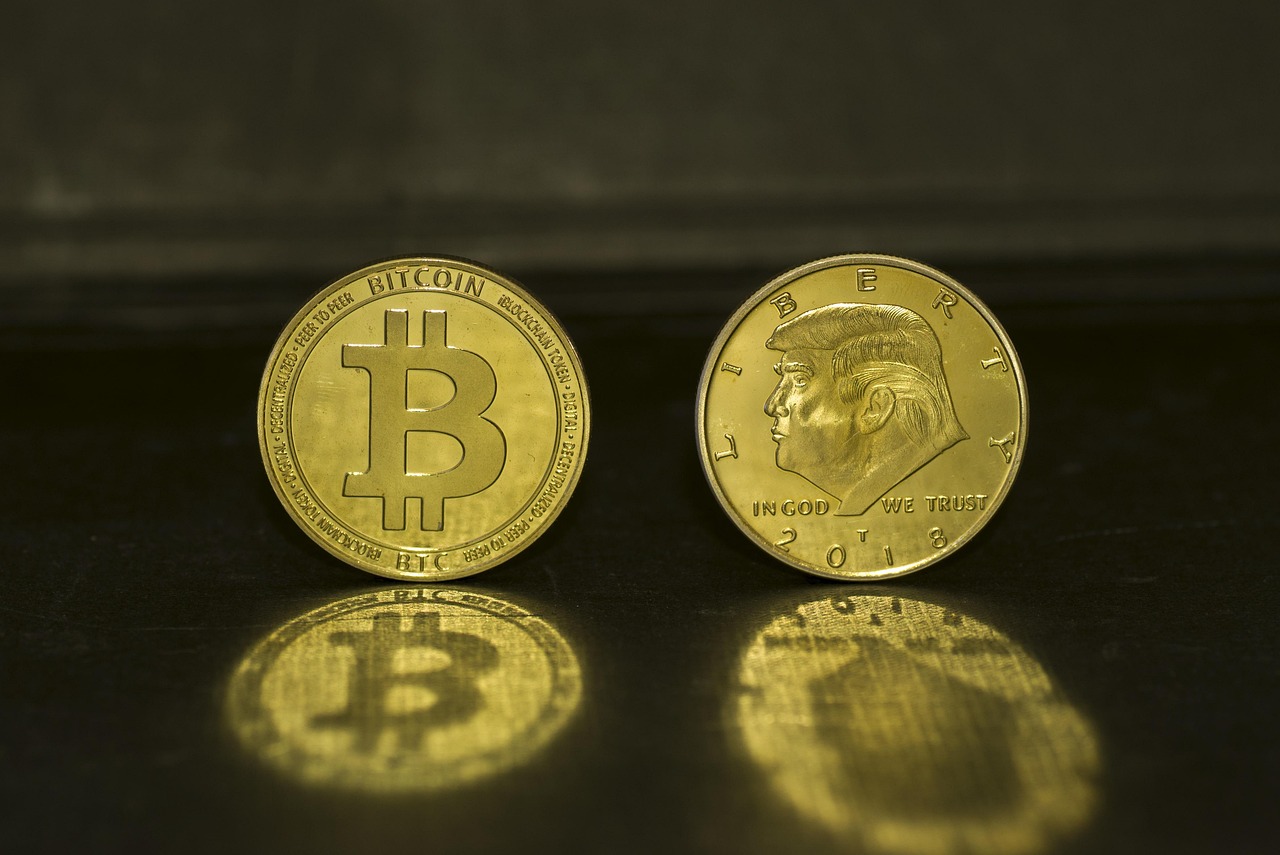2025-03-10 12:30:19
Трамп підписав указ про крипторезерв. У ЄС роз'яснили, що MiCA не забороняє роботу з USDT. Bybit розкрила подробиці злому. MetaMask додав податковий калькулятор

Трамп підписав указ про створення крипторезерву, але саміт розчарував інвесторів
Президент США Дональд Трамп підписав указ про створення національного крипторезерву, до якого увійдуть Біткоїни та альткоїни, конфісковані під час кримінальних справ. Про це стало відомо 6 березня 2025 року. Купівля крипти за кошти не передбачена, продаж Біткоїнів заборонено, а альткоїни можна реалізовувати лише у виняткових випадках.
Наступного дня, 7 березня, Трамп провів перший в історії криптосаміт у Білому домі. Він оголосив про закінчення політики жорсткого регулювання, запровадженої за попередньої адміністрації, і пообіцяв зробити США “криптовалютною столицею світу”. Також президент заявив про припинення операції Chokepoint 2.0 — ініціативи, що обмежує доступ криптобізнесу до банківської системи, і висловив сподівання на швидке ухвалення закону про доларові стейблкоїни.
Риторика Трампа розчарувала інвесторів, які очікували більшої конкретики, особливо щодо стратегії Біткоїн-резерву. В результаті:
- Загальна капіталізація ринку за добу знизилася на 5%, склавши $2,92 трлн ($2,74 трлн станом на 10.03.2025).
- Біткоїн подешевшав на 3,5%, опустившись до $85 900. Станом на 10.03.2025 курс знизився до $82 291.
- Ефір втратив 3%, наблизившись до $2100 ($2070 станом на 10.03.2025).
- XRP, Solana та Cardano впали на 8,4%, 4,2% та 9,2% відповідно.
Незважаючи на негативну реакцію ринку, експерти вважають, що створення держрезерву підвищить легітимність Біткоїна та залучить інституційні інвестиції.
Про стратегічне накопичення першої криптовалюти замислюється також і Китай. Влада цієї країни контролює 190 000 BTC, але їхній поточний статус невідомий. Великобританія має 61 000 BTC, і хоча офіційних заяв про резерв ще не надходило, ідея активно обговорюється в політичних та економічних колах.

Європейський регулятор уточнив позицію щодо стейблкоїнів у рамках MiCA
ESMA, регулятор, який контролює фінансові ринки в ЄС, підтвердив, що регламент MiCA не запроваджує прямих обмежень на використання стейблкоїнів, включаючи USDT, навіть якщо вони не відповідають новим стандартам. Зберігання та переведення таких активів залишається легальним у країнах ЄС.
Публікація ESMA стала відповіддю на рішення криптобіржі Binance виключити USDT та вісім інших токенів із лістингу для користувачів Єврозони. Регулятор підкреслив, що операції зі зберігання та трансферу стейблкоїнів не підпадають під визначення “публічної пропозиції” або “допуску до торгів”.
Згідно з роз’ясненнями ESMA, провайдери криптопослуг в Європі повинні обмежити тільки ті послуги, що практично стимулюють придбання активів, які суперечать MiCA. Паралельно регулятор запровадив перехідний період до кінця березня 2025 року, що дозволяє інвесторам виводити кошти та закривати позиції без порушення законодавства.

Bybit відновила активи після найбільшого злому: що відомо?
Bybit повністю відшкодувала збитки, повернувши на свої рахунки 444 870 ETH (~$1,46 млрд), які були вкрадені 21 лютого 2025 року під час найбільшої в історії кібератаки на криптобіржі CEX.
Відомо, що хакери зламали не саму платформу, а інфраструктуру її гаманця, впровадивши шкідливий код у сховище AWS S3. Механізм атаки передбачав автоматичну заміну адрес одержувачів під час підтвердження транзакцій. Після викрадення коштів зловмисники стерли цифрові сліди.
За даними ФБР, за інцидентом стоїть Lazarus Group із Північної Кореї. Викрадені активи зловмисники конвертували в Біткоїни та альткоїни, щоб ускладнити відстеження транзакцій через блокчейн-аналіз.
Для покриття збитків біржа залучила позикові кошти, приватні інвестиції та провела серію стратегічних покупок. Вже 25 лютого Bybit сплатила борг перед платформою Bitget, повернувши 40 000 ETH.
Криптоплатформа також домоглася блокування мемкоїна QinShihuang, який пов’язують з хакерами. Токен з’явився після атаки, а його торговий обсяг за три години сягнув $26 млн.

MetaMask покращує функціонал: податковий хаб, безгазові свопи, підтримка Солани та Біткоїна
6 березня 2025 року MetaMask у партнерстві з Crypto Tax Calculator запустив MetaMask Tax Hub. Нова функція дозволяє користувачам легко відстежувати свої податкові зобов’язання та автоматично створювати звіт про криптовалютну активність з урахуванням місцевих податкових законів. Для зручності можна підключати кілька гаманців та отримувати єдиний податковий звіт. MetaMask Tax Hub включає 23 юрисдикції, серед яких США, Канада, Австралія та Європа.
У березні 2025 року криптогаманець планує запровадити ще одну нову функцію — безгазові свопи, що дозволить оплачувати комісії будь-якою доступною криптовалютою. Також буде покращено підтримку стандартів, які спростять транзакції та знизять їхню вартість.
Важливим оновленням стане новий інтерфейс, в якому всі активи відображатимуться в одному вікні без необхідності перемикатися між мережами. У майбутньому планується впровадження смарт-акаунтів, які спростять відновлення доступу та керування гаманцем.
Крім цього, MetaMask продовжує розвивати свої можливості та розширює підтримку криптовалют. У травні 2025 року гаманець планує додати інтеграцію з Solana, а в третьому кварталі — з Біткоїном. На даний момент користувачі можуть працювати з цими мережами лише через сторонні сервіси, але в майбутньому доступ надаватиметься напряму.
Бажаєте купити Біткоїн в Україні?
ObmenAT24 пропонує швидкий та безпечний обмін фіату на криптовалюту. Наші переваги – анонімність, високі резерви та низькі комісії.


